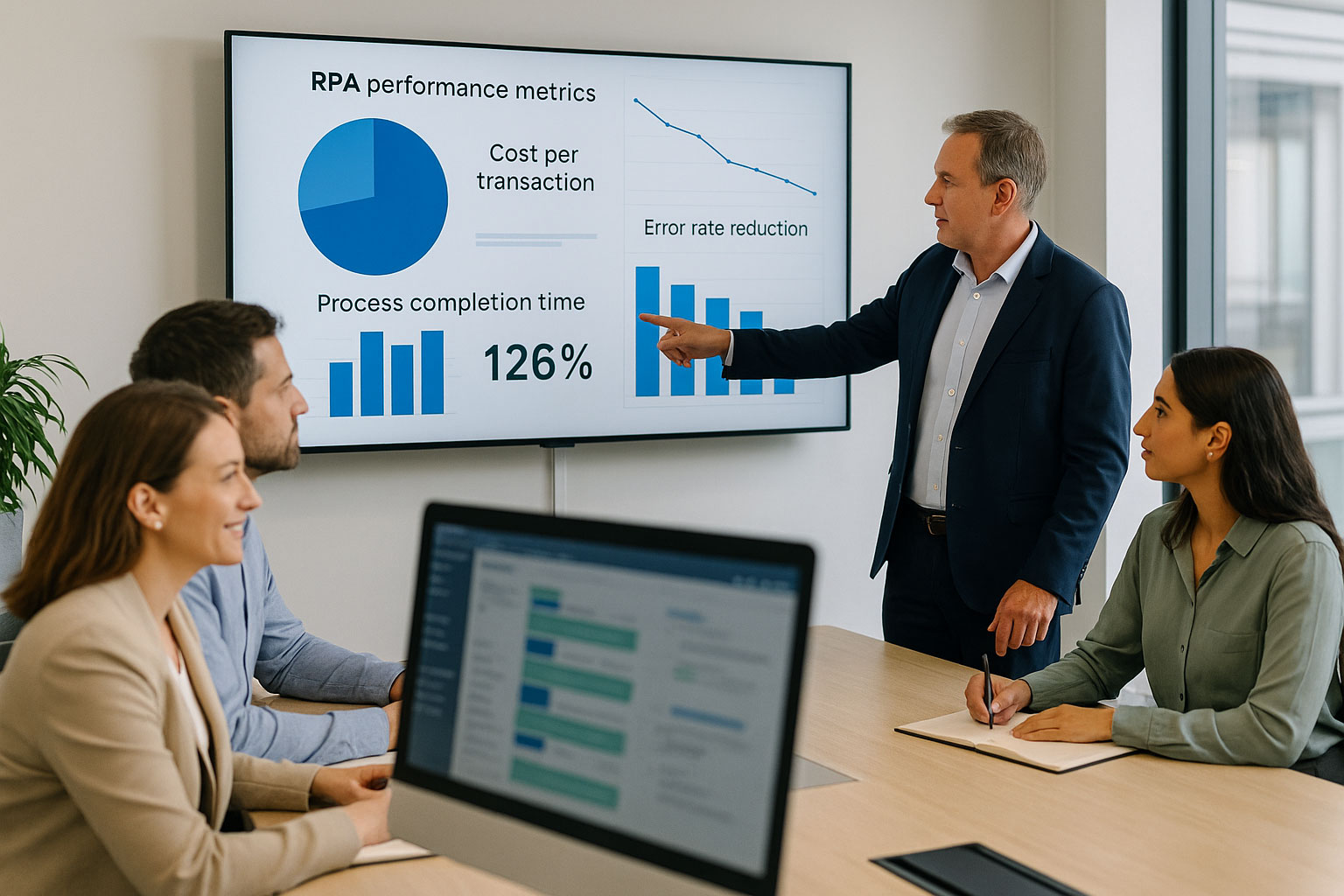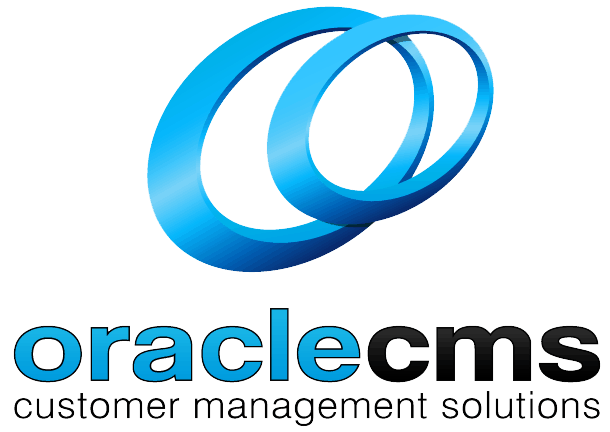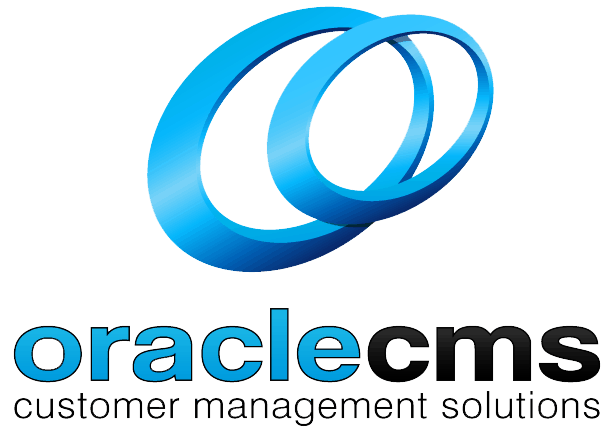
How Businesses Can Maximise ROI from RPA Implementation
Robotic Process Automation (RPA) promises speed, accuracy, and savings but real ROI doesn’t happen by default. The implementation strategy, ongoing optimisation, and the right business alignment are what separate successful deployments from disappointing ones.
Companies that plan effectively and track performance from day one tend to outperform those that treat RPA as a plug-and-play solution. That’s why understanding how to maximise RPA ROI isn’t just smart it’s essential.
For Australian businesses, the benefits of robotic process automation (RPA) are becoming harder to ignore. From reducing overheads to improving accuracy and compliance, RPA offers tangible advantages across multiple sectors. Yet, to truly unlock those benefits, organisations must go beyond implementation and focus on outcomes. Businesses need more than automation they need measurable returns.
What ROI Means in the Context of RPA
Return on investment for RPA isn’t only about cost savings. It includes productivity gains, error reduction, speed of execution, scalability, and employee satisfaction. Businesses that succeed with RPA typically look at both tangible and intangible benefits. For instance, customer satisfaction and employee morale can improve significantly when bots take over repetitive work.
ROI also varies depending on the industry. Logistics operations often gain from faster fulfilment cycles, while financial services may benefit from enhanced compliance and reduced audit risk. Some returns are immediate, such as reduced data entry time, while others compound over time as automations scale across departments. A long-term view is essential to fully understand and appreciate RPA’s true value.
Key Factors That Influence RPA ROI
To maximise ROI, several key elements must be aligned from the outset:
- The right processes: Ideal candidates are rules-based, repetitive, and high volume.
- Frequency and repetition: Daily tasks yield quicker returns than occasional workflows.
- Data quality: Incomplete or unstructured data limits bot effectiveness.
- Integration capability: Seamless operation across legacy and modern systems boosts performance.
- Internal alignment: Cross-functional collaboration ensures that automations solve real business problems.
When these components are present, businesses see stronger performance and lower long-term costs. The more tailored and realistic your implementation strategy, the more value your bots will deliver.
Common Mistakes That Reduce ROI
Several missteps can derail ROI from even the most promising RPA projects. These include:
- Automating the wrong processes: Low-frequency or overly complex tasks offer little return.
- Poor coordination: Lack of alignment between IT and operations leads to fragmented implementation.
- Ignoring process mapping: Without proper preparation, bots can reinforce inefficiencies.
- Underestimating change management: Training and support are essential to adoption.
- Missing KPIs: Without measurable goals, it’s hard to track or improve ROI.
Each of these pitfalls weakens the long-term value of automation. Companies that avoid these mistakes are far more likely to see a sustained return on their investment.
Best Practices for Maximising RPA ROI
Successful RPA isn’t just about deploying bots it’s about creating a system that delivers value continuously. Businesses should:
- Launch with a small-scale pilot and expand based on success.
- Engage stakeholders across IT, operations, and leadership.
- Appoint internal champions or centres of excellence to drive adoption.
- Schedule regular reviews to track results and make improvements.
Key KPIs for RPA ROI might include:
- Cost per transaction
- Error rate reduction
- Average handling time (AHT) improvements
- Process completion time
- Employee hours reallocated
Tracking these metrics helps measure performance and refine the strategy over time.
The Role of Vendor Support and Ongoing Optimisation
RPA is not a set-and-forget initiative. Ongoing vendor support plays a critical role in adapting automations to evolving business needs. As systems change or regulations shift, bots must be updated to stay effective.
Vendors like OracleCMS provide continuous optimisation, helping refine workflows, prevent downtime, and extend the value of existing bots. Services such as monitoring, re-training, and version control make automation more resilient and responsive.
By partnering with experienced providers, businesses gain strategic insight and reduce the internal burden of maintenance, making it easier to achieve long-term success.
When RPA Delivers Strategic ROI, Not Just Cost Savings
RPA’s greatest impact often goes beyond efficiency. When used strategically, automation helps unlock broader business value. For example:
- Hospitals reduce admin load, allowing staff to focus on patient care.
- Banks improve compliance and audit readiness with automated reporting.
- Government departments accelerate approvals without adding staff.
In each case, RPA frees skilled employees to focus on work that requires human judgment, creativity, or direct customer interaction. The result is a shift from tactical automation to strategic enablement.
How OracleCMS Helps Businesses Drive RPA ROI
OracleCMS supports Australian businesses at every step of their RPA journey. The process starts with consulting and suitability analysis ensuring the right tasks are automated from day one. Services include:
- Scoping, building, deploying, and optimising automations
- Seamless integration with legacy and cloud systems
- Compliance-ready architecture tailored to each industry
- Transparent reporting and built-in ROI tracking
By taking a full-lifecycle approach, OracleCMS ensures that each automation delivers measurable returns.
FAQs
Q1: How long does it typically take to see ROI from an RPA implementation?
A1: Most organisations start seeing ROI within 6–12 months. The timeframe depends on the processes automated and the efficiency of the implementation.
Q2: What types of business processes are best for maximising RPA ROI?
A2: High-volume, rule-based tasks such as data entry, reporting, and reconciliation offer the best returns.
Q3: Can small businesses also achieve high ROI from RPA?
A3: Yes. Small businesses benefit by automating repetitive admin tasks, freeing up staff for strategic work and improving accuracy.
Q4: How do you track and measure ROI effectively?
A4: Define KPIs early, monitor regularly, and adjust based on performance. Cost per task, error rates, and employee hours saved are useful indicators.
Q5: What happens if an RPA project doesn’t deliver the expected ROI?
A5: Reassess the process selection, improve change management, and consult with a vendor like OracleCMS for performance optimisation.
Q6: Can RPA be used with legacy systems or outdated software?
A6: Yes. RPA is designed to interact with existing systems without deep integration, making it ideal for legacy environments.



